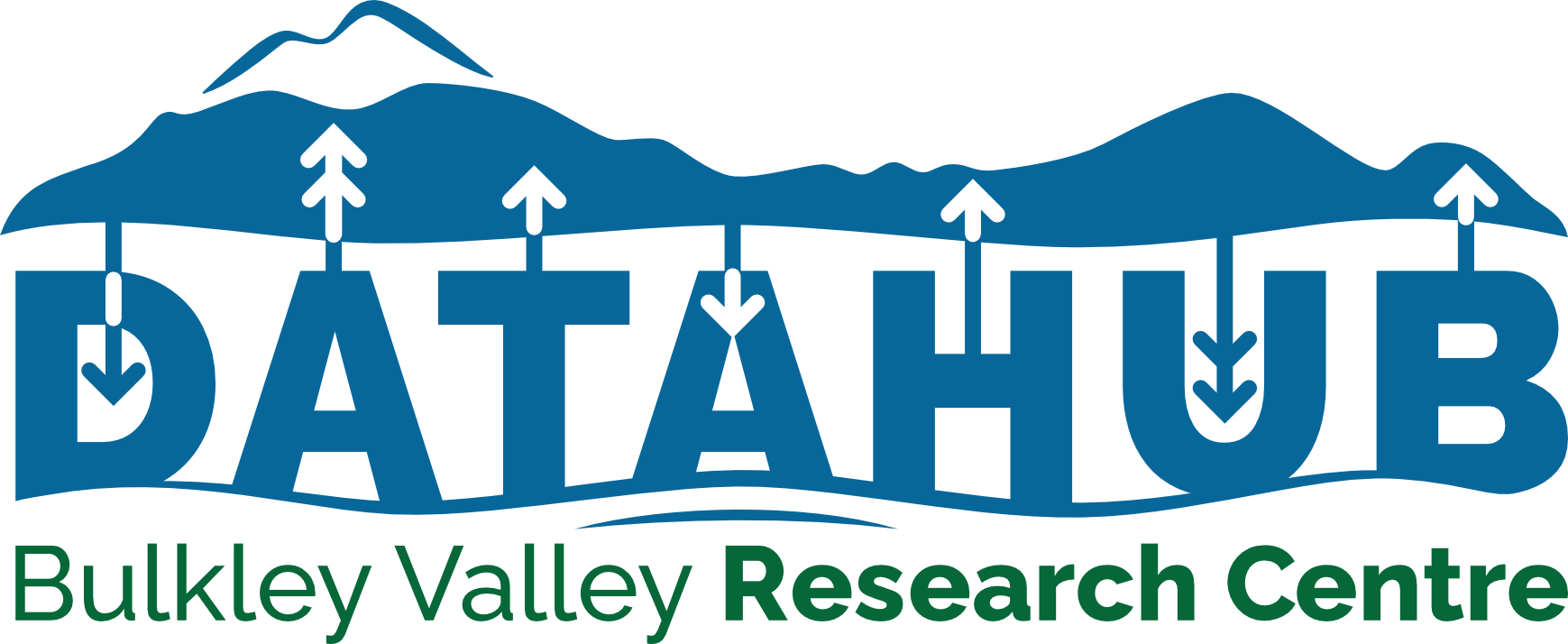ABSTRACT
Resource managers, planners, and the public are unified in their calls for monitoring of land-use plans. Unfortunately, many monitoring initiatives fall short of their potential for several reasons: indicators are not explicitly linked to objectives, hindering feedback to planning; knowledge is not represented in a manner that facilitates learning; and monitoring priorities are driven subjectively. We describe a framework that links indicators to existing objectives, presenting
knowledge as hypotheses about the probability of achieving an objective as a function of various indicator levels. Uncertainty is explicitly included in the models. The framework can be used for management decision support and to prioritize objectives for implementation, effectiveness, and validation monitoring, and research. Monitoring priority is determined first by probability of success and uncertainty and then by the importance of an objective. We present a case study for the Babine Watershed, an area in the interior of British Columbia with high resource values and decades of controversy and ineffective monitoring. The framework sifted through existing objectives to focus effort on those most critical to monitor. By concentrating on publicly derived, regionally applicable objectives and strategies taken from existing land-use plans, the framework provided relevant results and enabled rapid feedback.

